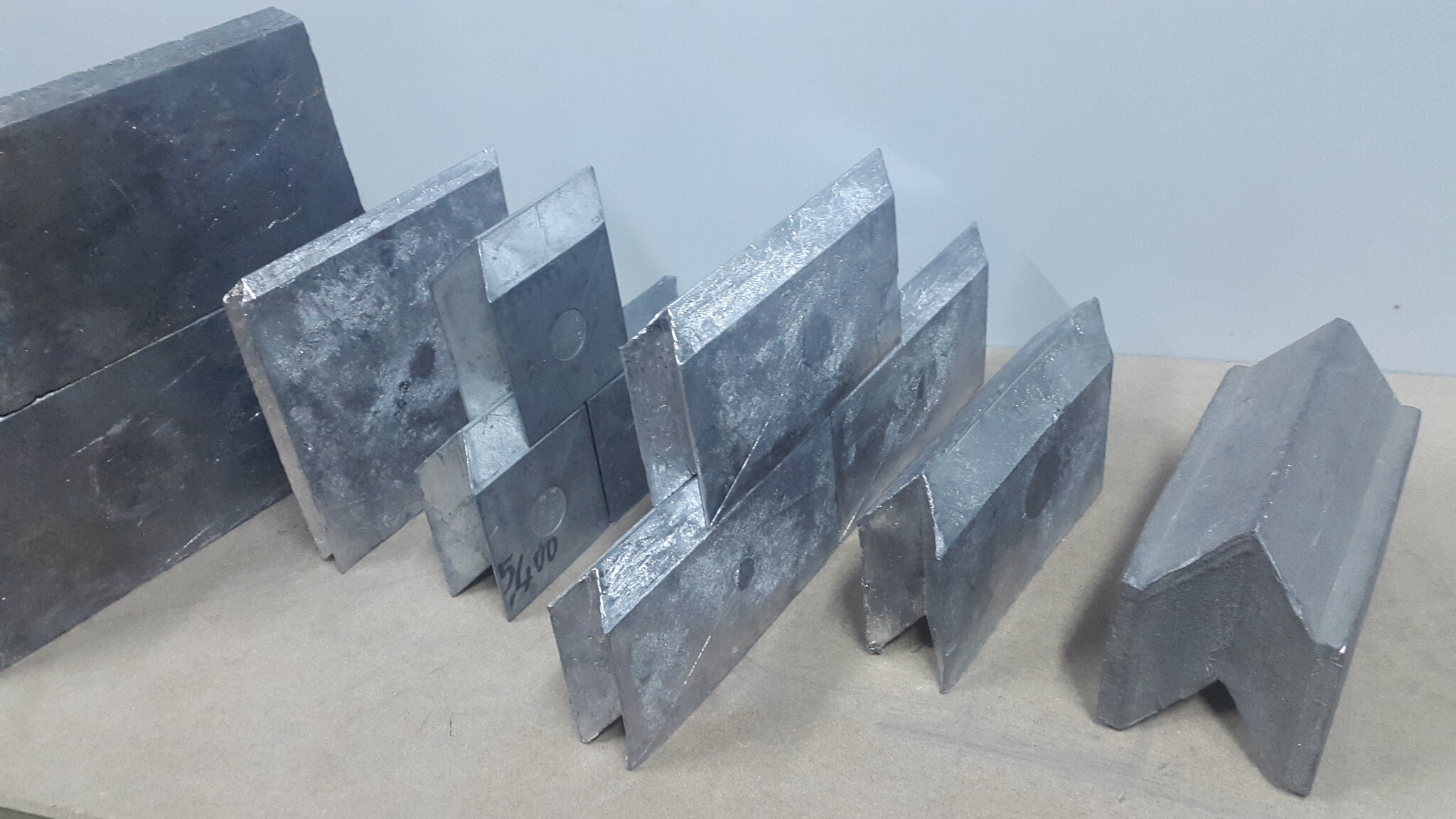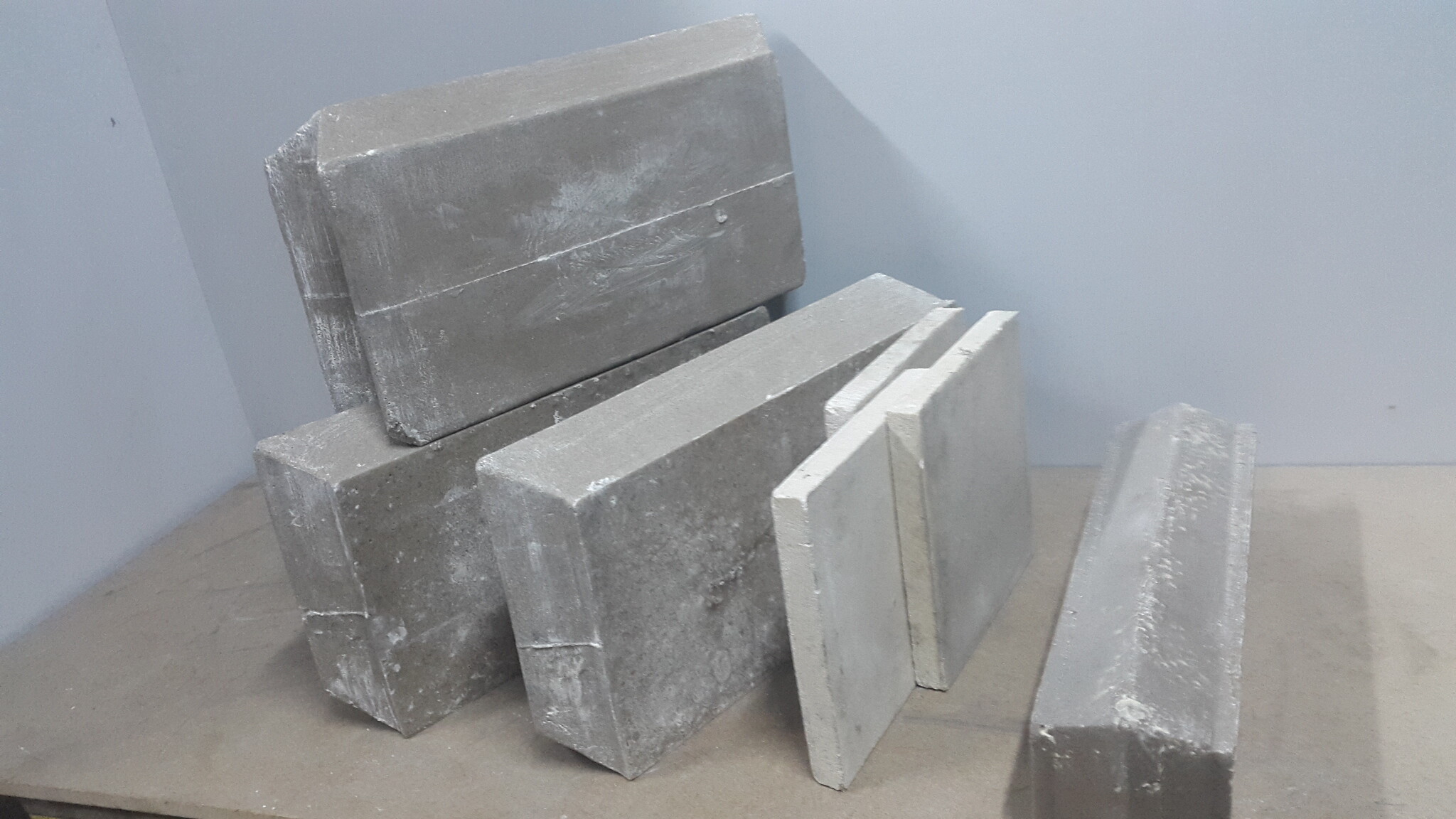Lead bricks are typically used in nuclear and radiation therapy applications. However, lead bricks can also be used for radioactive isotope creation, ballast weights and counterbalances. modedoor’s interlocking lead bricks are available in a variety of sizes to suit differing shielding and weight requirements. Our standard lead bricks can be cut to any size requirements

Lead Bricks
Lead bricks are used for radiation shieldings. As It can be moulded according to special needs but standard size are 100×100 mm,100x200mm, at thickness 20,25,30,40,50,100mm. And sheets 1000×2000 mm at thickness from 0.5 mm to 15 mm. Standard & Interlocking Lead Brick – Radiation Protection Products
Standard & Interlocking Lead Brick -Used in Radiation Protection
- Gamma Knife Rooms
- HDR Rooms
- Linear Accelerator Shielding
- Nuclear Lead Shielding
- P.E.T. (Positron Emission Tomography) Shielding

Neutron Blocker
For easy installation, modedoor’s borated polyethylene polimer comes in a standard sheet size of 50 x50 x4,5,10,cm thick. or interlocking bricks at sizes 20x40x5,10 cmYou can easily cut this polymer material using standard woodworking tools.
Features
Technical Data
•Available in 5% boron content (by weight) or low density polyethylene polimer with no boron content
•Durable over a wide temperature range
•Easy to install and fabricate
•Consistent density and homogeneity